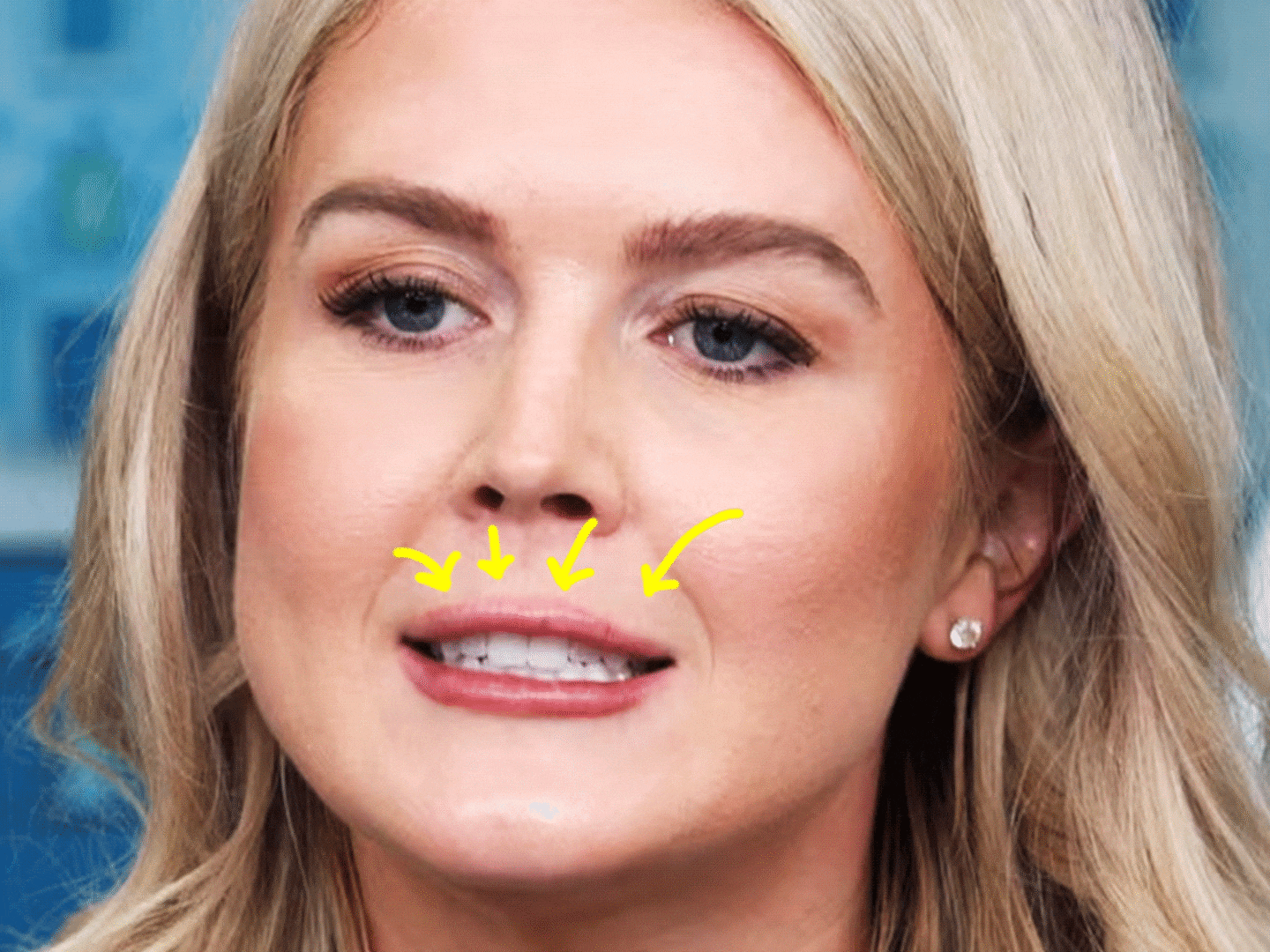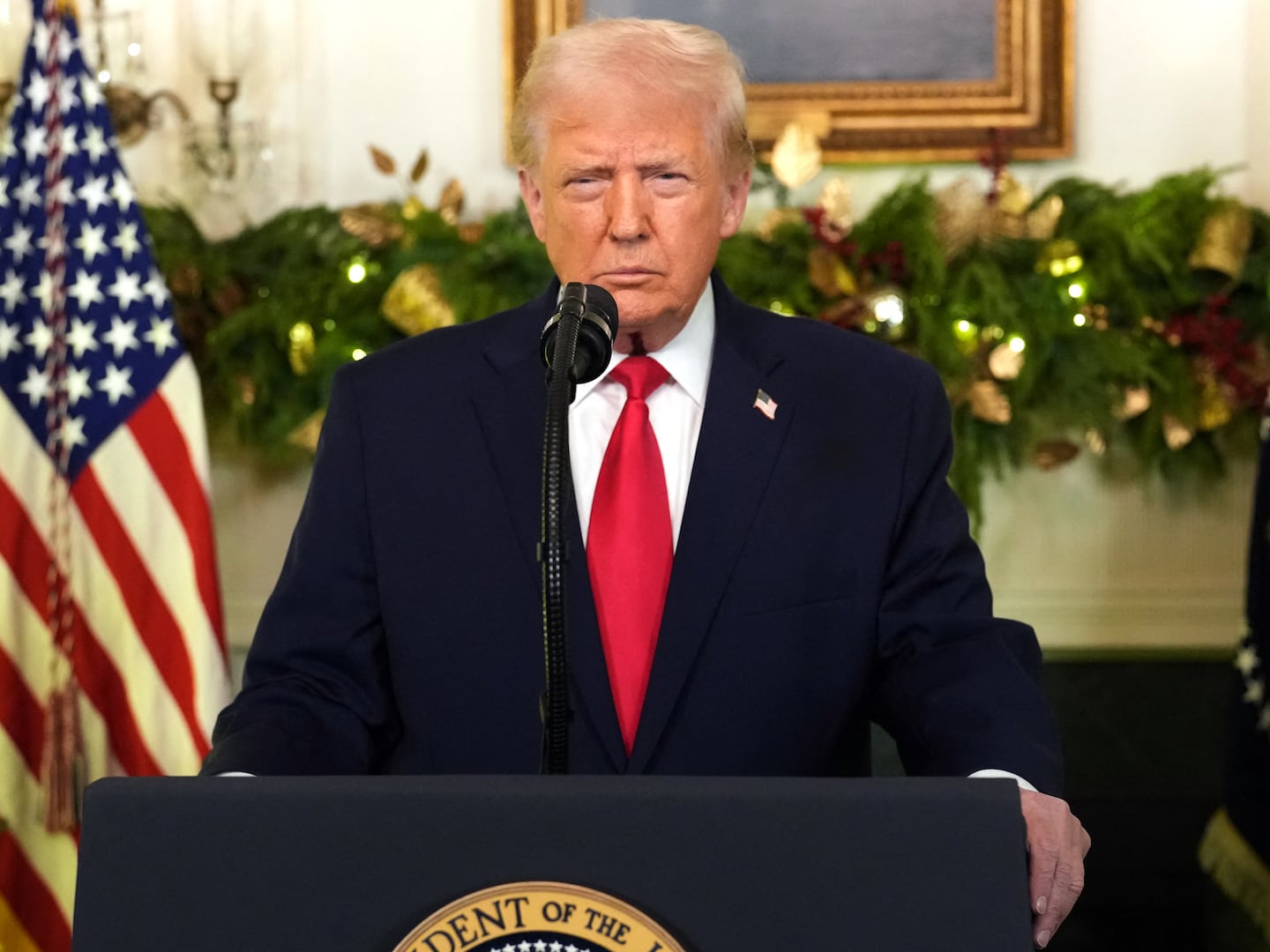Google announced today that it has a great new timesaver for its legions of users—a change to its search engine it claims could literally save the world a total of 3.5 billion seconds a day. But here’s what Google isn’t saying: Its ballyhooed approach could also force you to view a million ads that you wouldn’t have seen otherwise.
The new system is called Google Instant, and it was revealed Wednesday to much fanfare among the digerati. Google drummed up early interest by displaying a mysterious animated logo on its home page Tuesday (a PR move which snared coverage by everyone from the New York Daily News to the Wall Street Journal). Then, at Wednesday’s press conference, Google executives showed off the feature and touted its benefits to users.

Here’s how it works. If you start typing a search query, Google begins guessing what you’re looking for even before you finish. Known generically as auto-complete, that feature is familiar to many users. Previously, though, you still had to hit the “return” key to get to the actual results page.
Now, Google will not only try to divine the rest of your search terms—it will also show the actual results for what it thinks you’re looking for. Not incidentally, it will also show ads for all those results.
The technology is undeniably cool. Start typing on Google Instant and the screen flashes results with blazing speed. When Google guesses correctly, you can stop typing and choose the result you want. At Google’s event, vice president Marissa Mayer called the technology “search before you type.” And the company estimated that using Google Instant would save users anywhere from 2 to 5 seconds per search.
Based on our informal test, you’ll see more 1.2 million ads via Google Instant over the next decade.
Google multiplied that out for its user base to come up with its global timesaving estimate of 3.5 billion seconds each day. For a more personal take on the time savings, the Daily Beast hypothesized a user who types an average of 25 searches into Google each day. (If you do much work on a computer, you know that’s not tough to hit.) Multiplied out over 10 years, our hypothetical user would save themselves more than 126 hours of typing. Not too shabby.
• Brian Ries: iPhone Apps for College StudentsBut in our tests of Google Instant at the Daily Beast, it quickly became clear that the time savings comes with a price: lots and lots of ads. Take a search for “new york city weather,” for instance. As soon as you hit the “N” key, Google Instant guesses you’re looking for “Netflix,” and shows the appropriate results—including a Netflix-related ad. Keep typing and complete the word “new,” and Google thinks you want “New York Times.” That’s another ad. Then, as soon as you hit the “C” in “city,” Google decides you want simply “New York City”—and shows four more ads that marketers want to be seen with that search time.
As it turns out, in our test, no advertisers appeared to be currently placing ads with the full search term, “new york city weather.” We wound up viewing six ads with Google Instant—and we would have seen zero with Google’s traditional approach.
Some examples in our testing turned up even more extreme ad proliferation. In a search for “best credit report service,” Google guessed at various points that we wanted to know about “Bank of America,” “best credit cards,” and “best credit report site.” The final tally: we saw 42 ads along the way with Google Instant versus 10 ads for our final result.
Over the course of our search testing, Google Instant displayed an average of 13.6 ads for each of our test searches—compared with 2.2 if we had typed in our queries with the traditional Google.
In the spirit of Google’s math, we decided to multiply those numbers out for our hypothetical user doing 25 queries a day. Based on our informal test, the ad total for Google Instant over 10 years comes to more than 1.2 million ads shown—or 1 million more than in the traditional Google approach.
Many Google users will undoubtedly love Google Instant, though some may find the constantly shifting search results confusing. The feature is rolling out gradually to users, who also have the option of turning Google Instant off.
While Google is busy hyping the benefits for users, though, it’s also telling advertisers that the technology could raise—or lower—the number of times their messages are seen. Google uses a “pay per click” model for ads, so it doesn’t stand to make more money directly by showing lots more. But Google also says the Instant technology will bring improved “user engagement,” which it says is good for advertiser—and, of course, for Google.
Thomas E. Weber covers technology for The Daily Beast. He is a former bureau chief and columnist at The Wall Street Journal and was editor of the award-winning SmartMoney.com. Follow him on Twitter.






